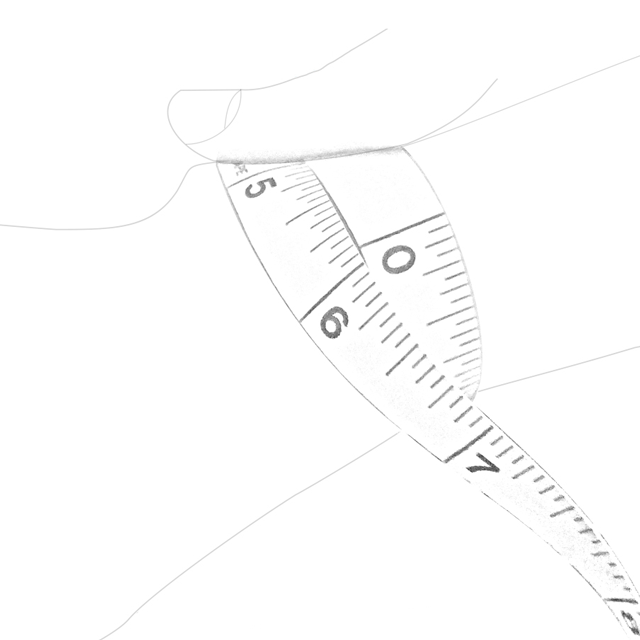Stay in Touch with GTN: Differences Between GTN 650 and GTN 750
For many aircraft owners, the instrument panel build or upgrade is one of the biggest commitments one can make. As the data center for the airplane, the real estate directly in front of the pilot is, to many, just as important as the wings and engine that make the airplane fly. There are countless factors that go into the decision making process for how to execute a panel build. The costs, capabilities, and sizes of avionics are just a few of the considerations each owner/operator must take into account. The GTN series of GPS/NAV/COMM products has established itself as a mainstay in the multi-function display market, and here we’ll take a look at a few of the main differences between the GTN 650 and GTN 750 series products.
While both the GTN 650 and GTN 750 series include many of the same charts, traffic and weather capabilities, they do contain a few key differences. The biggest and most obvious difference is the size. The 650 includes a 4.9-inch (diagonal) color LCD touchscreen display in a smaller overall package (2.65 inches tall), ideal for those with limited panel space. The 750 series boasts a 6.9-inch display, providing larger views for moving maps, charts, airways, approaches and more. Additionally, with more screen space comes increased functionality, including Geo-referenced FliteCharts (terminal approach procedures). Garmin ChartView powered by Jeppesen is also unique to the GTN 750.
The larger GTN 750 touchscreen displays both the COM and NAV frequencies at the top of the touchscreen display. With less touchscreen real estate available on the GTN 650, only one set of frequencies, are presented at once, on the right side of the screen. A simple push of the lower right control knob toggles between COM and NAV frequencies.
A key interface difference also exists between the products. The larger touchscreen available on the GTN 750 series allows for data input via a touch keypad, whereas the smaller GTN 650 utilizes a scrolling tab. However both the GTN 650 and 750 series products are designed with hand bezels and anchors, allowing ease of touchscreen operation – even in turbulent air conditions.
A feature unique to the GTN 750 is the ability to manage cockpit communications directly from the MFD. The product can be used as a touchscreen control head to integrate the audio and intercom functions for you aircraft when connected via Garmin’s remote GMA 35/GMA 35c audio system. With this, users can streamline cockpit communications with the push of a button as well as record tower clearances for playback.
When the time comes for making that commitment to your aircraft’s panel look no further than the GTN. In some cases the real estate that your avionics occupies in within the panel can make a difference, and for those needing a smaller MFD, the GTN 650 series may be the perfect choice. In cases where size isn’t an issue and capabilities are key, the GTN 750 reigns king. For more information on our GTN line of products visit our website or contact us at aviation.support@garmin.com. Also, be sure to check out our GTN & G500/600 Pilot Training Seminar for a hands-on scenario-based approach to learning the GTN & G500/600 in a classroom environment.
The post Stay in Touch with GTN: Differences Between GTN 650 and GTN 750 appeared first on Garmin Blog.
Sample Block Quote
Praesent vestibulum congue tellus at fringilla. Curabitur vitae semper sem, eu convallis est. Cras felis nunc commodo loremous convallis vitae interdum non nisl. Maecenas ac est sit amet augue pharetra convallis nec danos.
Sample Paragraph Text
Praesent vestibulum congue tellus at fringilla. Curabitur vitae semper sem, eu convallis est. Cras felis nunc commodo eu convallis vitae interdum non nisl. Maecenas ac est sit amet augue pharetra convallis nec danos dui.
Cras suscipit quam et turpis eleifend vitae malesuada magna congue. Damus id ullamcorper neque. Sed vitae mi a mi pretium aliquet ac sed elitos. Pellentesque nulla eros accumsan quis justo at tincidunt lobortis denimes loremous. Suspendisse vestibulum lectus in lectus volutpat, ut dapibus purus pulvinar. Vestibulum sit amet auctor ipsum.

![GTN Series[3] GTN Series[3]](https://www.garmin.com/en-US/blog/wp-content/uploads/2015/10/6a00d83451bb7069e201b8d1645263970c-600wi.jpg)
